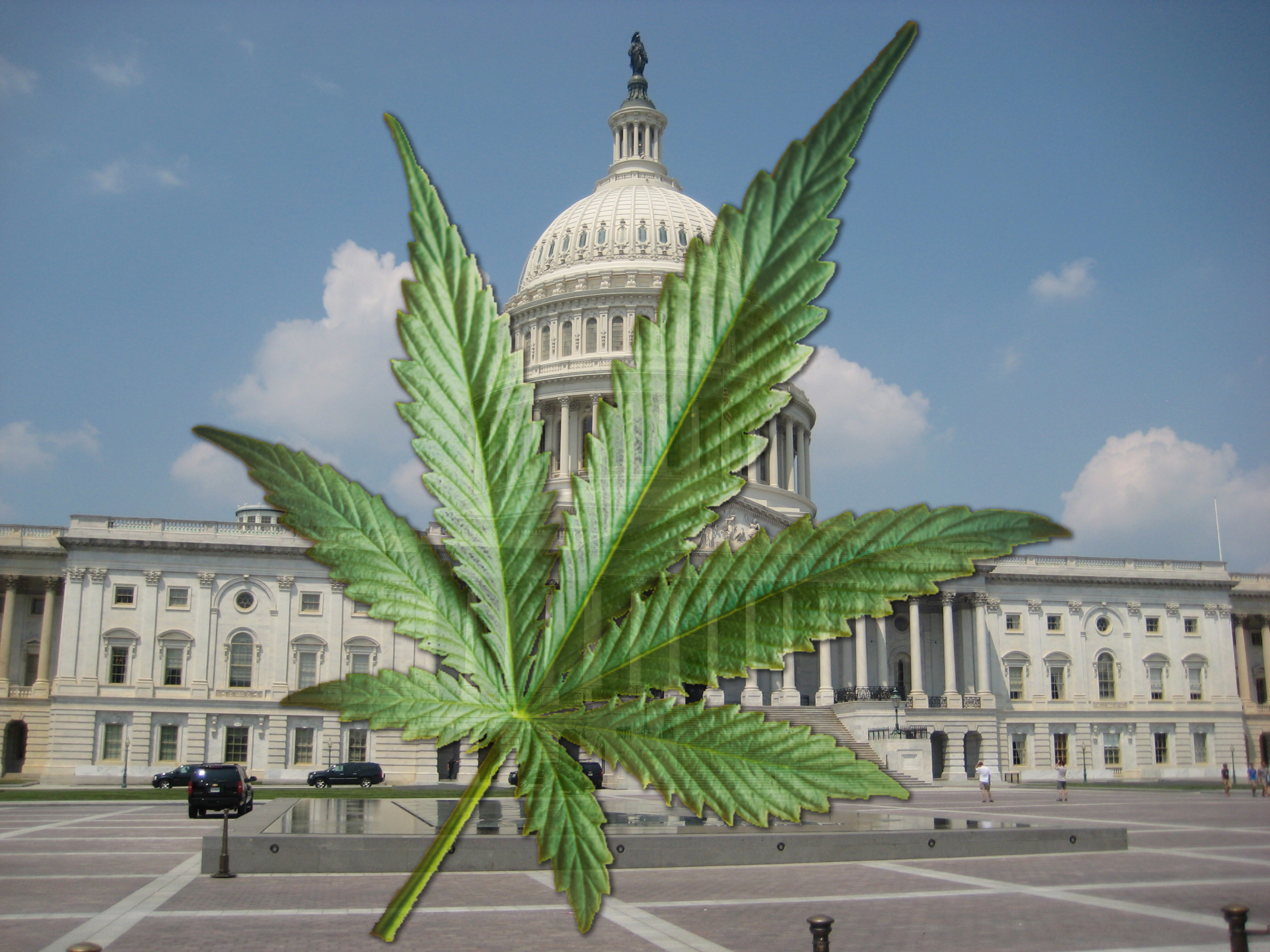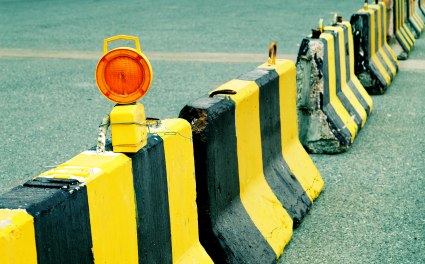Let’s begin with a useful chart from the folks at Brittanica.com (“Reliable, Nonpartisan, Empowering”) on the arguments, pro and con, for legalizing recreational marijuana. States are rushing to follow the crowd, so this is nothing if not timely. New York and New Mexico are just the latest to sign up.
Like others of its type, the debate over marijuana has largely deteriorated into dueling talking points. Don’t forget, America has been chewing on this for a century. In recent decades the debate has been cloaked in science as advocates realized the audience responded to statistics. Apparently many in the public assume numbers don’t lie, which if you work with stats, you quickly realize is not the case. Numbers are easily manipulated, and that’s occurred on both sides of this issue. Thus the need to ‘drill down’ into research findings to assess their reliability and validity.
What hasn’t been available? Much in the way of real discussion about life post-legalization, and how we’ll cope. It’s sure to be a mixed picture, in terms of benefits and consequences. For instance:
Upside: A big boost in tax revenue, including from cannabis ‘tourism’. Our state projects $70 million in Year 1 alone, with further increases in years to come. Knowing the legislature, they’ve probably already spent it (just kidding).
Downside: Much of that projected revenue will come from sales to citizens of the giant politically conservative state next door, which is not expected to legalize marijuana anytime soon. Cannabis tourism will include a fair number of disabled persons who, drawing on the Colorado experience, will stick around, requiring both healthcare and social services aid. Some will be homeless and need support. That has to be accounted for in public spending.
Upside: Homegrown medical marijuana patients will have improved access to affordable cannabis products.
Downside: Ironically, the rolls of patients in medical marijuana programs could shrink, as the recreational stuff will do the job, cost less, be easier to access, and won’t require a card to participate. That’s been the case in other states.
Upside: Once legal, it’s logical to expect less demand for black market marijuana. That’s a good thing, no?
Downside: Doesn’t mean the black market will disappear, or even shrink all that much. Users will continue to patronize it, as many do now to get cheap untaxed cigarettes. With so many current users, sources for the illicit stuff are already plentiful. No reason for them to close up shop until people stop buying
Upside: In the new system, only adults will be permitted to purchase cannabis. There will be age restrictions for minors. “The term “adult use” will replace “recreational” in legislation. It’s to reassure the public that kids can’t access cannabis.
Downside: Of course, alcohol and cigarettes have been age-restricted for a long time, and yet most first use still occurs while still underage — sometimes as early as 12 in some communities. No reason to expect that to improve post-legalization. Also, since minors are where the vaping epidemic hit hardest, cannabis oil will probably become commonplace among teen users.
Upside: We;ll have more money from taxes to provide treatment for people who develop Cannabis Use Disorders (CUD).
Downside: Probably not too much more money. Could be like casino gambling, where treatment gets a very small portion of the earnings.
So far, what we haven’t been treated to is a real plan — comprehensive, adequately resourced — for addressing new consequences as they emerge. We don’t want to have to suffer through the agony of passing new laws when unexpected problems turn up (as they invariably do).
If your state has such a plan, please forward it to me, and I’ll pass it along as I travel. We could use the help.












